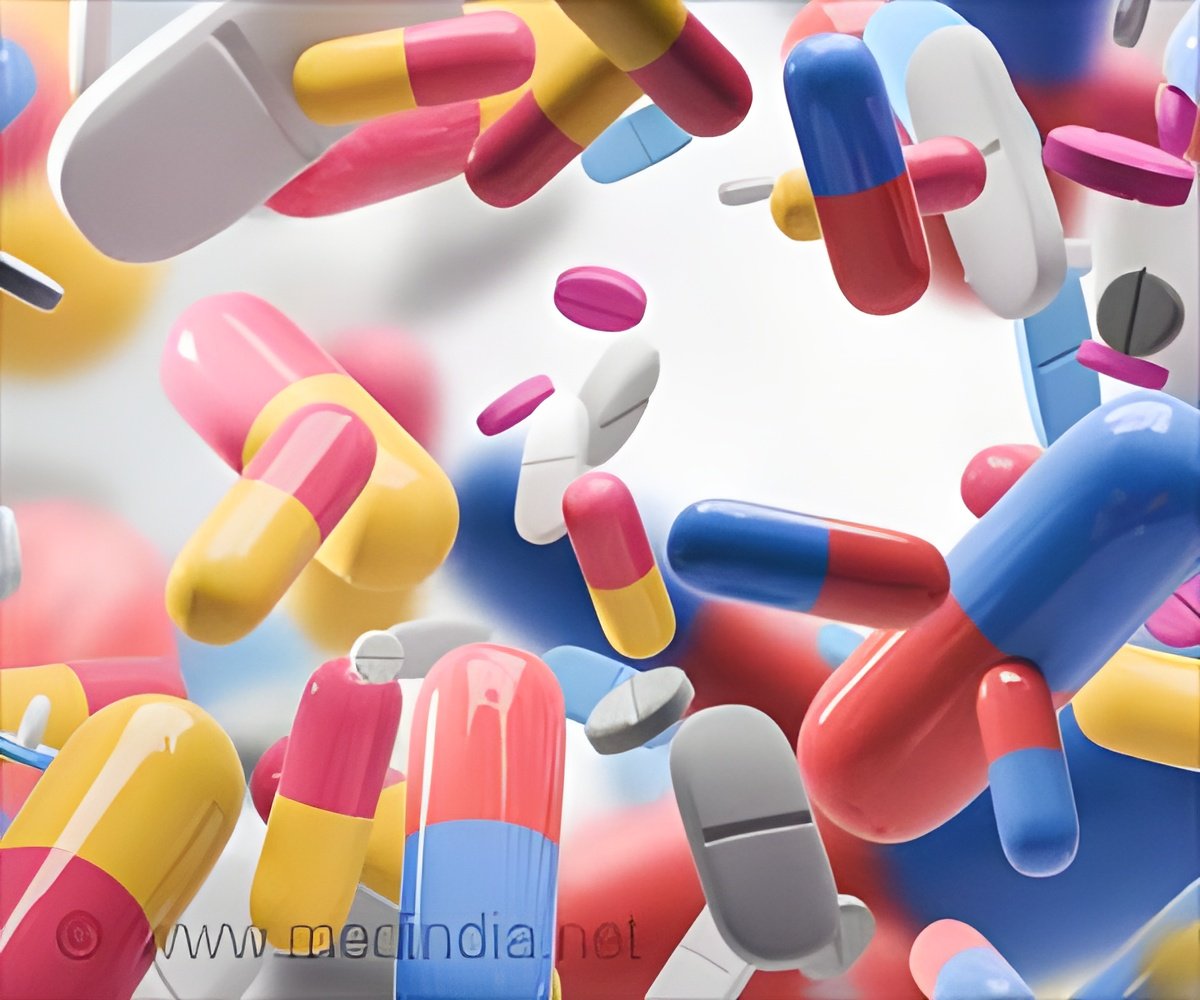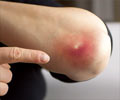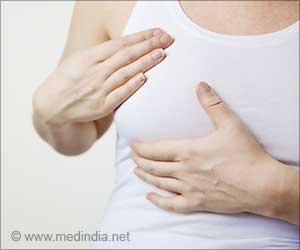Study has revealed that the risk of surgical site infection for mothers in C-section is not increased if antibiotic prophylaxis is given after umbilical cord clamping, compared to before incision.

TOP INSIGHT
The risk of surgical site infection for mothers in C-section is not increased if antibiotic prophylaxis is given after umbilical cord clamping, compared to before incision.
The study used data from the Swissnoso national SSI surveillance system, from 2009 to 2018. The study included mothers from 178 hospitals. The researchers included all Caesarean section patients that were given the SAP agents cefuroxime, cefazolin, amoxicillin/clavulanate or ceftriaxone, either within 60 minutes before incision or after clamping. Data from 30-day post-discharge follow-up was available in 89% of cases, allowing the researchers to assess the association between SAP administration relative to incision and clamping and the SSI rate, using computer models. The data was then adjusted for patient characteristics, procedural variables, and health-care system factors.
A total of 55,901 patients met the criteria: SAP was administered before incision in 26,405 patients (47.2%) and after clamping in 29,496 patients (52.8%). Overall, 846 SSIs were documented, of which 379 (1.6%) occurred before incision and 449 (1.7%) after clamping, with no statistically significant difference between the two methods, proving them to be equally safe. Supplementary and subgroup analyses supported these main results.
Given the latest research on the potentially detrimental effects of early-life antimicrobial exposure, guidance regarding optimal SAP timing should be re-evaluated."
Source-Eurekalert
 MEDINDIA
MEDINDIA




 Email
Email










